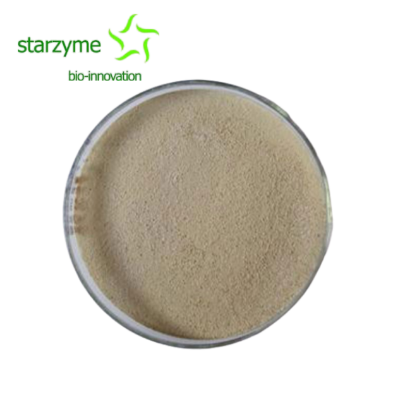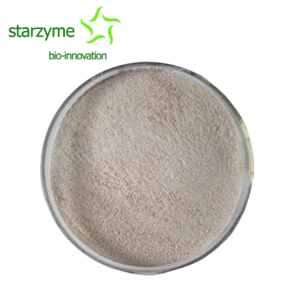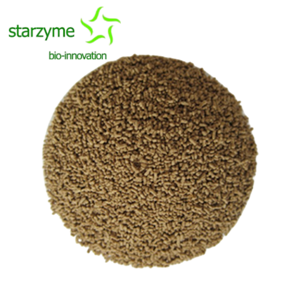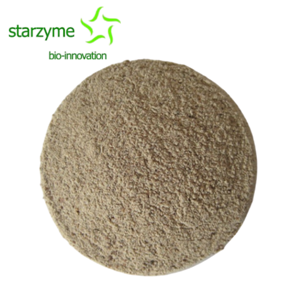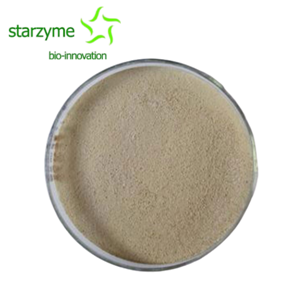Overview and Mechanisms of Bacillus coagulans
Overview of Bacillus coagulans
In 1915, Bacillus coagulans was first isolated from spoiled milk samples. In 1932, it was identified as a spore producing lactobacillus. At the beginning of its discovery, the bacterium was named Lactobacillus due to its commonality with both Bacillus and Lactobacillus, and was considered a promising candidate strain for probiotics. Subsequently, according to the clear guidance of the 8th edition of the Berger's Manual of Identification Bacteriology, it was classified as Bacillus and named Bacillus coagulans. In 2007, the European Union Food Safety Authority (EFSA) announced its safety and included it in the list of recognized safety (GRAS) and qualified safety presumptions (QPS). In 2004, the Ministry of Agriculture issued Announcement No. 372 approving its use as a feed additive, which has been widely applied in industries such as livestock, poultry, aquaculture, and medicine.
Bacillus coagulans is a non pathogenic Gram positive bacterium with facultative anaerobic properties, capable of producing spores and producing L-lactic acid when decomposing sugars. Not only does it have the dual characteristics of lactic acid bacteria and bifidobacteria, but it also has strong stress resistance, such as acid resistance, bile salt resistance, and the ability to grow in low oxygen environments and produce compounds beneficial to health. Research has shown that Bacillus coagulans is heat-resistant, with an ideal growth temperature of 35-50 ℃ and a suitable growth pH of 5.5-These characteristics indicate its great potential as a probiotic. At 60 degrees Celsius and within the pH range of 4.0-8.0, the activity can still be maintained after 90 minutes of treatment. In addition, the activity of this strain is not affected by esterases, amylases, and organic solvents, demonstrating good stability and tolerance. However, Bacillus coagulans lack flagella, have low adhesion ability, and are difficult to survive in the intestine for a long time. They need to be taken for a long time, so they are called intestinal "immigrants".
Probiotic mechanism of Bacillus coagulans
As a feed additive, Bacillus coagulans has attracted widespread attention from researchers both domestically and internationally due to its excellent probiotic properties. At present, research on the probiotic mechanism of Bacillus coagulans as a feed additive mainly focuses on regulating the microecological balance of the digestive tract, promoting nutrient digestion and absorption, immune regulation, and enhancing the body's antioxidant capacity.

